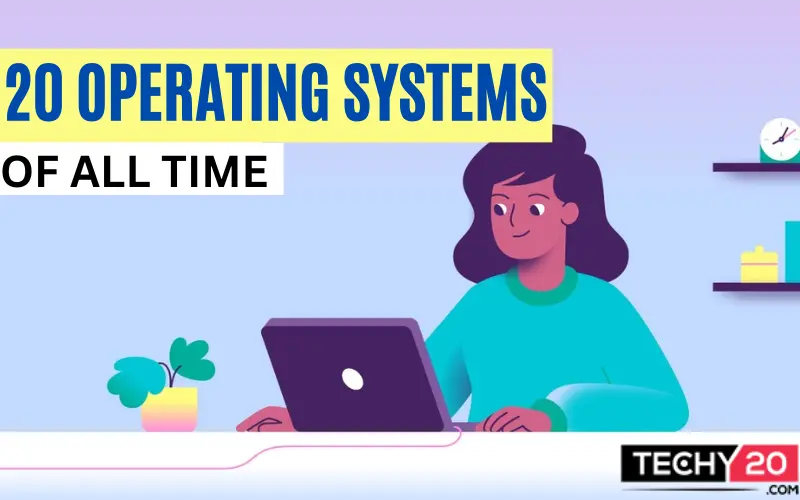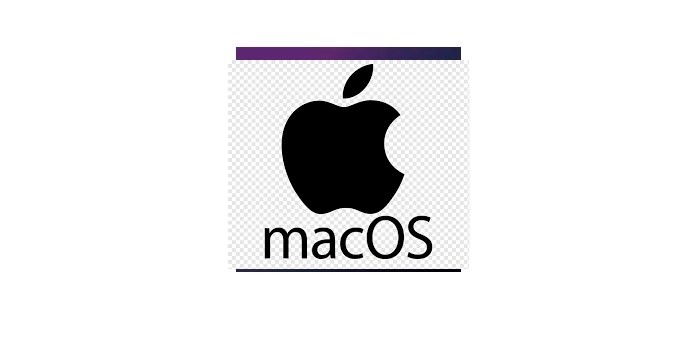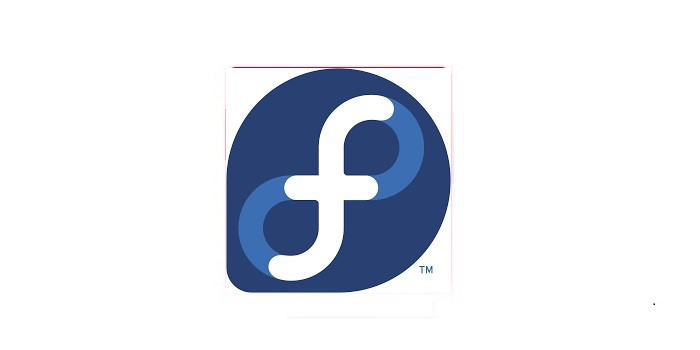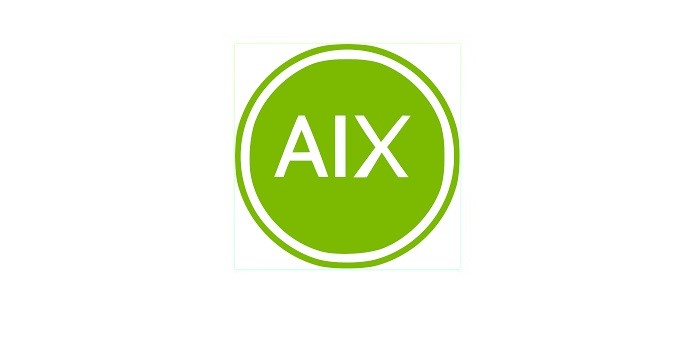The software that controls a computer system’s hardware and software resources is known as the Operating System (OS). It serves as the user’s interface to the computer and carries out a variety of tasks, such as memory management, input and output handling, peripheral control, and security. Modern computing requires operating systems because they give software developers a common platform to build applications that can work on a variety of hardware. Additionally, they offer a dependable and consistent user interface that makes it simple for users to connect with their computers and complete tasks. Here are a few illustrations to help you understand the various kinds of operating systems:
1. Windows
Microsoft created the widely used operating system called Windows. It is intended for usage on servers, laptops, and tablets and features a graphical user interface. Since its initial release in 1985, it has had multiple updates and is compatible with a wide variety of software applications.
2. MacOs
The operating system that Apple created for its computers is called Macos. Although it includes a graphical user interface comparable to Windows, it is intended to be more user-friendly and intuitive. Additionally, it contains a variety of built-in entertainment and productivity tools, including the iWork app suite and iTunes.
3. Linux
Built on the Unix operating system, Linux is a free as well as open-source operating system. It may be applied to a variety of hardware, including servers, supercomputers, and embedded systems, and is very adaptable. Linux comes in a wide variety of “flavours,” each with a distinctive set of capabilities and user interface.

4. Android
Google created the mobile operating system known as Android, which is used on a variety of smartphones, tablets, and other gadgets. It has the Linux kernel as its foundation and is meant to be extremely adaptable and user-friendly. It has a sizable app store called Google Play that lets users download and install a huge selection of programmes and games.

5. Ios
Apple created the Ios mobile operating system for its iPhones, iPads, and iPod Touch gadgets. It is renowned for having an intuitive user interface, slick operation, and close connection with other Apple goods and services. It has a sizable app store called the App Store that lets users download and install a huge selection of programmes and games.

6. Chrome Os
The operating system that Google created for its Chromebook computers and other gadgets is called Chrome Os. It is a web-based operating system that is lightweight, quick, and simple to use. The majority of its applications are run through web-based services like Google Drive and Gmail and are based on the Chrome web browser.
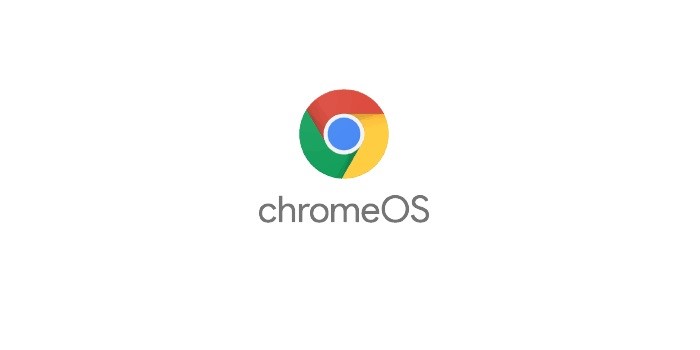
7. Ubuntu
Ubuntu is an operating system based on Linux that is intended for desktop and server use. It is renowned for both its approachable user interface and dedication to open-source applications. It has a sizable user and developer community that contributes to its continuous development and improvement.

8. Debian
Another Linux-based operating system with a reputation for dependability, security, and an optimistic approach is Debian. It is made to work with a variety of hardware, including desktop computers, servers, and embedded systems. It offers a wide range of software applications that customers can install and is extremely customisable.
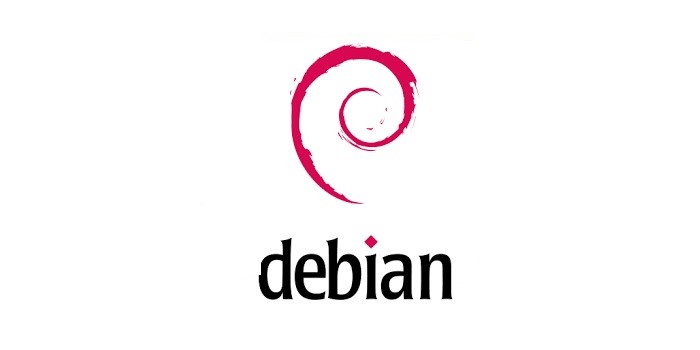
9. Fedora
The Linux-based operating system Fedora is renowned for its emphasis on new ideas and cutting-edge technology. It is created by the Red Hat-sponsored Fedora Project with community support. It has a sizable user and developer community that contributes to its continuing development and is intended for desktop and server use.
10. Red Hat Enterprise Linux
An operating system based on Linux that is intended for use in businesses is called Red Hat Enterprise Linux (RHEL). It has a reputation for being reliable, and safe, and supporting a variety of hardware platforms. It is made available via a subscription-based approach and is created and managed by Red Hat.

11. Centos
An operating system based on Linux called Centos uses the same source code as Red Hat Enterprise Linux (RHEL). It has a reputation for being reliable, and safe, and supporting a variety of hardware platforms. It is created by the community and can be downloaded and used without charge.
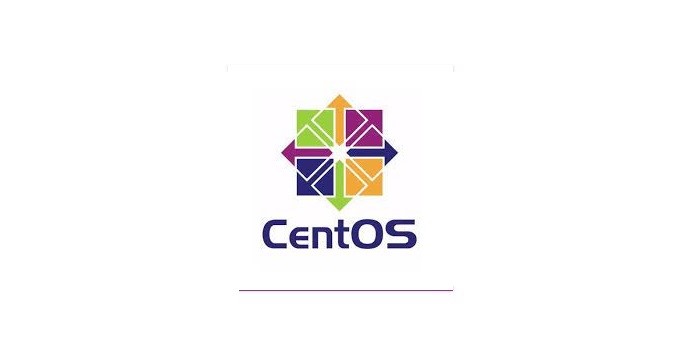
12. Opensuse
An operating system based on Linux called Opensuse is renowned for its user-friendly interface and emphasis on the most recent open-source technology. It is created by the community-supported Opensuse Project and is offered in two editions: Tumbleweed, which offers the most recent upgrades and features, and Leap, which is intended for stability and long-term maintenance.

13. Arch Linux
An extremely user-centric operating system built on the Linux platform, Arch Linux is noted for being lightweight and highly customisable. It is intended to be compact and lightweight, with a significant emphasis on cutting-edge software and technologies. The “rolling release” model used by Arch Linux is renowned for releasing updates as they become available.

14. Freebsd
The operating system Freebsd, which is similar to Unix, is renowned for its high level of performance, security, and reliability. It is constructed to be extremely portable and easily adaptable to various hardware platforms and is based on the Berkeley Software Distribution (BSD). Together with embedded systems and other niche applications, server environments and Freebsd are frequent uses of the operating system.
bus
15. Openbsd
A Unix-like operating system called Openbsd is renowned for its emphasis on security and its high degree of dependability. It is being developed by a group of volunteers who are committed to building an operating system that is secure, reliable, and appropriate for a variety of applications. Since security is a top priority for Openbsd, several security features seen in other operating systems are absent from it.
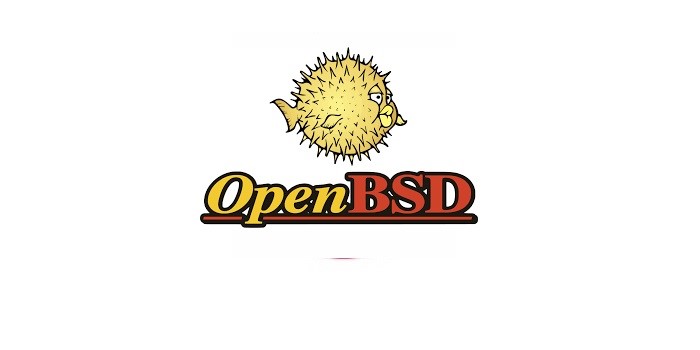
16. Netbsd
Netbsd is a Unix-like operating system that can run on a variety of hardware platforms, from embedded devices to supercomputers, and is renowned for its portability. It includes a large selection of software packages and utilities that make it appropriate for a wide range of applications. It is designed to be extremely portable and easily adaptable to many hardware platforms. Because of its famed high performance and stability, Netbsd is frequently utilised in server and embedded contexts.

17. Solaris
Sun Microsystems(now Oracle Corporation) created the Unix-based operating system called Solaris. It is used in enterprise settings and for mission-critical applications because of its scalability, dependability, and security. Many cutting-edge technologies are present in Solaris, including integrated virtualization, dynamic tracing, and proactive self-healing.

18. Ibm Z/os
An operating system created specifically for IBM mainframes is called Ibm Z/os. It is used in large-scale enterprise environments because of its scalability, dependability, and security. Many cutting-edge features, including sophisticated task management, substantial encryption capabilities, and assistance for large-scale data processing and storage, are included in Ibm Z/os.
19. Aix
IBM creates the Unix-based operating system known as Aix. It is frequently used in enterprise contexts and mission-critical applications because of its reputation for dependability, security, and scalability. Many cutting-edge technologies are included with Aix, including virtualization, workload management, and support for dynamic logical partitioning.
20. Hp-ux
The operating system Hp-ux is a Unix-based system created by Hewlett Packard Enterprise. It is frequently used in enterprise contexts and mission-critical applications because of its reputation for dependability, security, and scalability. Many cutting-edge technologies, including support for workload management, virtualization, and high availability, are part of Hp-ux.

